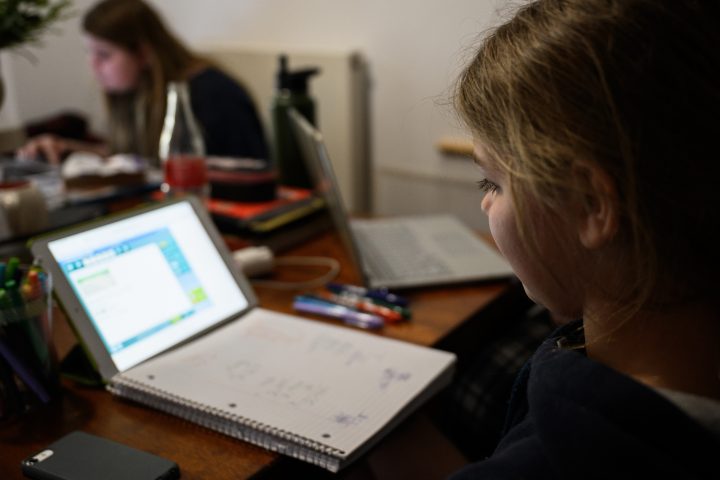
Schools have been closed on and off since March last year, opening at some points before and after summer but mostly with some kind of blended learning. What this has meant is a lot of people having to adapt to online learning, with levels of support largely being a lottery, and 75% of students feeling unsupported. This has brought to light for many the harsh inequalities within the education system that have always existed but have only just been noticed by those lucky enough to have personal experience with them. Namely, a lack of internet, lack of technology, lack of space, insecure employment, and likely many more issues that exist externally to schools but affect the education experience massively, especially when that education is being carried out at home.
Boris Johnson announced yesterday that he hopes to have schools in England begin reopening on March 8th, giving time for the top priority groups to have been vaccinated. Obviously, this is just an aim and not a concrete commitment, but it shows the general intention of the government to get the country moving as soon as possible, with schools opening the moment lockdown is scheduled to end. Therefore, many have come to the misguided belief that the inequalities in education that were brought to the attention of the privileged masses will no longer be an issue, as the privileged mistakenly believe that these issues only impact education when it is at home.
A widely spread idea is that the pandemic is enabling a rise in education inequality. Private school students get the full support of their schools in their learning, with their schools being able to afford access to all of the best online learning software, and students generally being more likely to have access to all necessary textbooks and technology to participate in remote learning. Therefore, poorer students of state schools are at an extreme disadvantage, having unreliable access to technology or books and their schools less likely to be able to afford to transition too efficiently to a remote system. This is an accurate idea, but what it doesn’t address is that the infrastructure for those inequalities was already there.
Home learning isn’t only problematic for some purely due to access to technology, there are also more dastardly issues at home that present dangers to students. Bed poverty, for example, leaves children more susceptible to disease due to the dangers of sleeping on a floor. In general, the more cramped conditions of smaller homes and poor condition of some social housing also presents health issues. Issues that may be less dangerous if the student were able to escape to school for a few hours a day.
However, while all that is certainly true, it’s not really any different to in-person learning. State schools, whether in person or not, have less access to educational resources, have larger class sizes, and suffer issues at home that arise from material deprivation. Home-learning is only making pre-existing problems harder to deal with. Instead of forcing children back into school during a pandemic, should we not be tackling the issues that make home-learning so horrible instead?
Issues caused by poverty existed before the pandemic, and they will continue to exist after the pandemic, even if they become less visible. For example, studies have found that working-class students were already disadvantaged in education due to factors in the home environment such as cramped housing. This is, for obvious reasons, worse when trying to learn at home. However, this was already causing things like health problems and robbing children of a space to study and do homework. Additionally, while reopening schools would mean that students with technological issues will be able to actually access their education, they still won’t be able to do work at home, and working for hours after school in a library just to do work that wealthier students can do from the comfort of their own homes isn’t an option if you have to work part-time or care for a relative.
Therefore, what we need to do is actually tackle the causes of the inequalities affecting the homeschooling experience in lockdown, because those inequalities won’t disappear anytime soon. Sure, they’ll be less outwardly obvious, but they’ll be there. There have been some token attempts at this in the past, Pupil Premium in particular explicitly aiming to help with this, but Pupil Premium can only do so much. Pupil Premium spending comes down to the school in question and what support they perceive to be necessary, so not all eligible students get the same levels of support, and the eligibility criteria may mean that some students aren’t reached. What is instead needed is more attempts from the government to help out and make sure funding is in place for all student to have access to study spaces and technology when they need it. However, perhaps it’s a bit optimistic to expect anything from the party that has shut as many as 1000 Sure Start centres and completely scrapped the Educational Maintenance Allowance.



Average Rating